In an unprecedented move, CNN was granted exclusive access to one of Ukraine‘s most closely guarded secrets: a fleet of long-range attack drones operated by the country’s elite defense intelligence agency, the GUR. As reported by CNN, this covert unit has conducted a staggering 500+ drone strikes deep within Russian borders since the beginning of the full-scale invasion in February 2022.
The Shadow Warriors: Inside the Long-Range UAV Unit
Known simply as the Long-Range UAV Unit to its tight-knit group of members, this elite team operates under the watchful command of two key individuals: Serge, the seasoned long-range drone operations commander, and Vector, the unit’s steadfast leader. CNN’s journalists spent an intensive two days embedded with the unit as it meticulously prepared to launch a swarm of over 100 drones on a high-stakes mission targeting a strategic ammunition depot located in Kotluban, Russia. Intelligence reports indicated that the depot was being used to store recently delivered Iranian missiles, making it a top-priority target.

David vs. Goliath: Overwhelming Russian Air Defenses
The unit’s primary workhorses are the formidable AN-196 Liutyi drones, boasting an impressive 23-foot wingspan and the ability to carry a substantial 550-pound payload. However, the success of any mission hinges not just on these powerful machines, but also on the critical role played by the smaller, more rudimentary Rubaka kamikaze drones acting as decoys. “They’re very simple, and we can use them with and without payloads,” Vector explained, underlining their versatility. These unassuming drones serve a vital purpose: overwhelming Russian air defenses and drawing fire away from the main attack drones, greatly increasing the chances of a successful strike.

The Art of War: Meticulous Mission Planning
Each drone in the unit’s arsenal is programmed with a staggering array of over 1,000 unique waypoints, all carefully designed to evade Russia’s sophisticated and comprehensive air defense systems. The importance of this intricate planning cannot be overstated, as Vector emphatically noted, “Planning is maybe 60% part of the success, everything depends on the planning.” Despite the formidable challenges posed by Russian defenses, the unit remains undeterred. “We’re successful guys and we find the windows,” Vector added confidently.

No Limits: Striking Deep Inside Russia
The Long-Range UAV Unit’s track record speaks for itself, with several notable attacks showcasing their ability to penetrate deep into Russian territory. Past missions have included striking a key ammunition depot in the Tver region and crippling an oil refinery along Russia’s strategic Black Sea coast. However, the unit’s operations are not without challenges, as Russian air defenses have managed to thwart many of their attempts. The unit’s leadership believes that their success rate could skyrocket from 50% to an astonishing 95% if given the green light to employ Western weapons on Russian soil.



The Fog of War: Assessing Mission Success
Assessing the success of each mission is a complex task, requiring the unit to rely on a combination of human intelligence, monitoring Russian Telegram channels, and meticulous analysis of satellite imagery. In the case of the high-stakes Kotluban strike, initial satellite images seemed to suggest little evidence of major explosions.
However, the GUR provided CNN with access to a verified video that told a different story: a series of 11 massive explosions rocking the depot during the precise window when the drones were expected to arrive. Subsequent satellite images corroborated this evidence, confirming damage to the facility and indicating that the mission had indeed succeeded in eliminating the Iranian-supplied missiles.
As Serge solemnly reflected, “We are constantly forcing the enemy to think about what they did in February 2022. They must realize that we are getting stronger every day and we are bringing our victory and their defeat closer.”
DroneXL’s Take: The Future of Warfare
The Long-Range UAV Unit’s groundbreaking operations serve as a powerful testament to the rapidly growing significance of drone technology in the ever-evolving landscape of modern warfare. As we’ve witnessed in recent conflicts around the globe, drones have emerged as a game-changing, cost-effective, and risk-reducing means of conducting long-range strikes and vital reconnaissance missions. The Ukrainian unit’s innovative use of decoy drones to overwhelm enemy air defenses is particularly noteworthy, demonstrating how tactical adaptations and creative thinking can dramatically impact the success of a mission.
However, this article also serves to underscore the profound challenges that come with employing drones in heavily contested airspace, as evidenced by the unit’s sobering 50% success rate against Russian defenses. As Drone Technology continues to advance at a breakneck pace, it will be imperative for militaries worldwide to prioritize investment in cutting-edge counter-drone systems and to develop new, dynamic tactics to defend against these emerging threats.
This eye-opening report raises crucial questions about the future of warfare and the role of attack drones in modern conflicts. What are your thoughts on this rapidly evolving landscape? Do you believe that the proliferation of drone technology will lead to a new era of warfare, or do you think that the challenges posed by advanced air defense systems will limit their effectiveness? Leave a comment below and join the discussion – we want to hear your perspective on this critical issue!
Discover more from DroneXL.co
Subscribe to get the latest posts sent to your email.
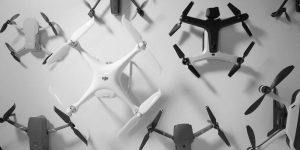


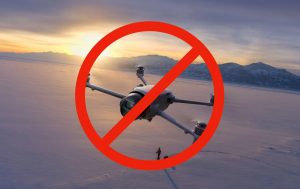
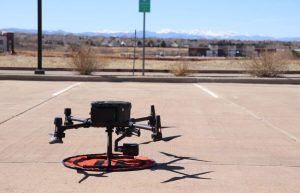

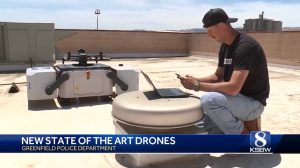

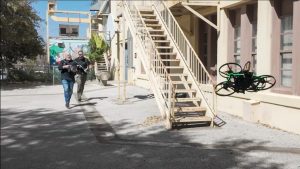

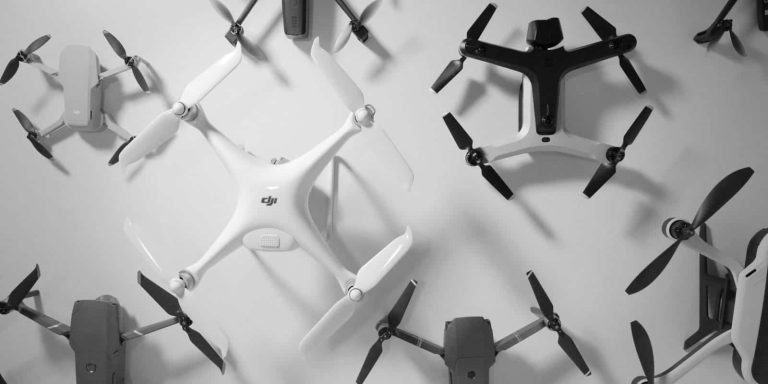



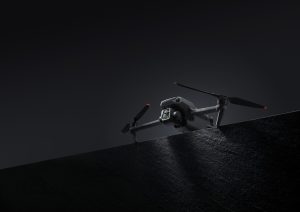
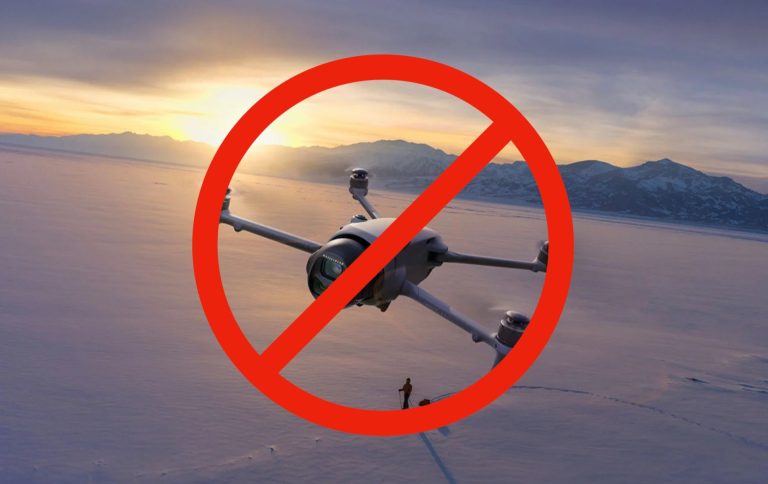
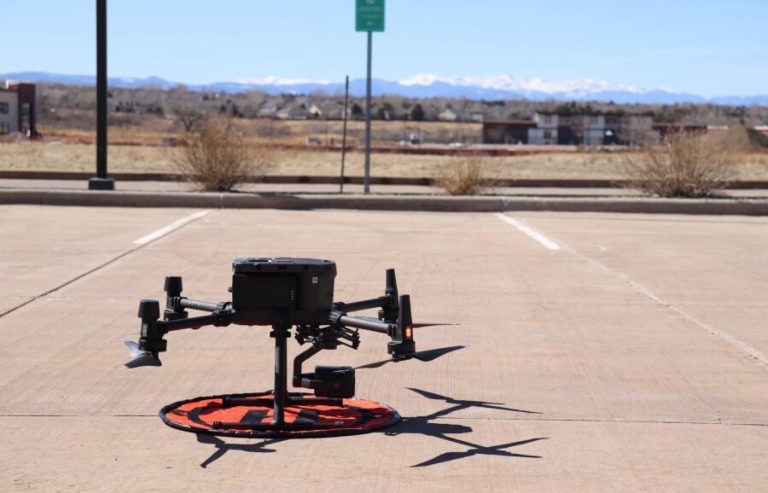
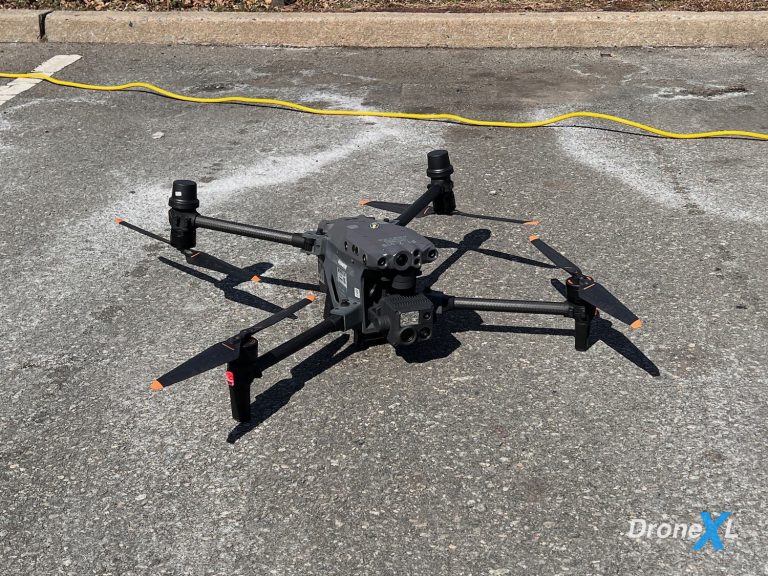


+ There are no comments
Add yours